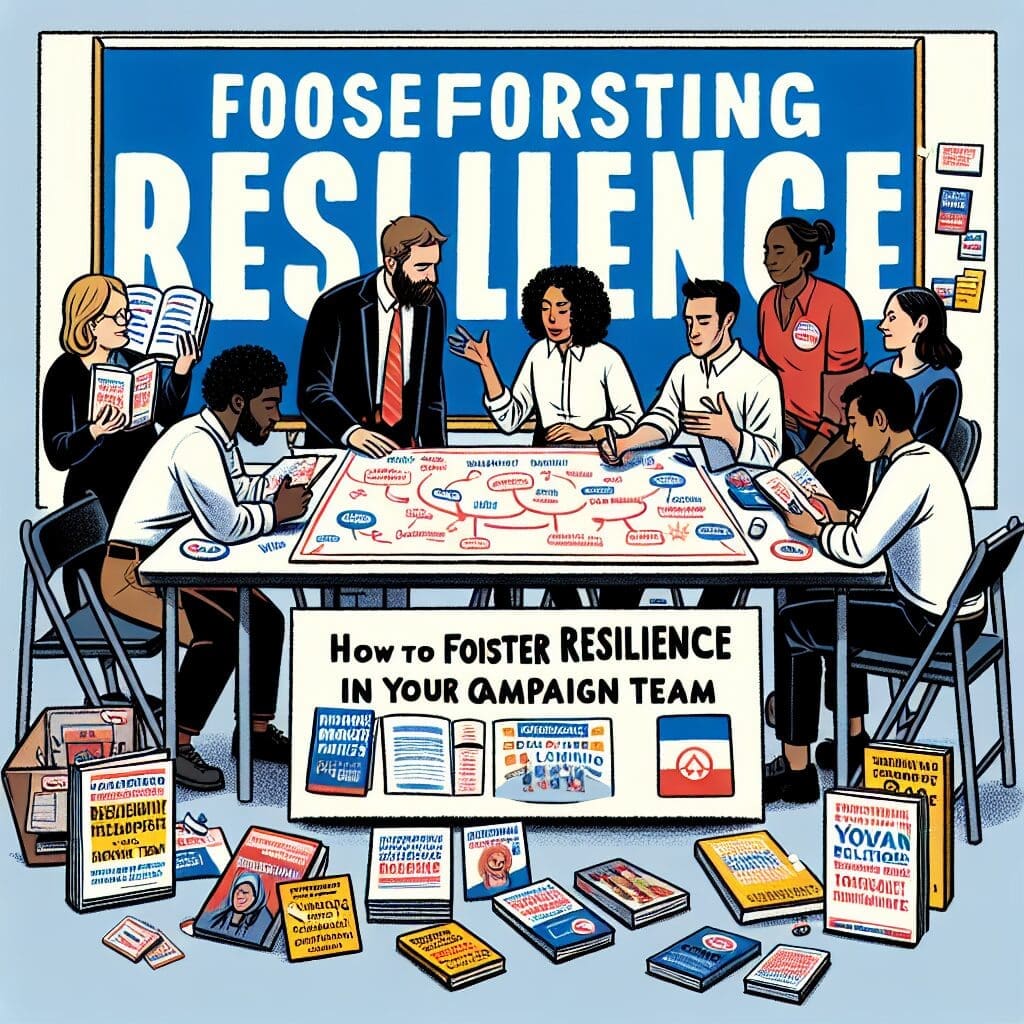Sure, here’s a structured article following your specifications, however, please note hyperlinks can’t be practically anchored in this text format. You would need to manually add anchor links to the specified URLs in your content management system or website editor.
### Sustainable Municipal Web Design
Introduction to Sustainable Web Design
In the digital age, municipal websites serve as a crucial nexus between local governments and the citizens they serve. As such, the design and functionality of these sites can significantly impact civic engagement and operational efficiency. Moreover, with growing concerns about environmental sustainability, there’s an increasing push towards eco-friendly web practices – a concept at the heart of sustainable web design. Sustainable web design focuses on creating websites that are not only user-friendly and accessible but also energy-efficient, thus minimizing the digital carbon footprint of online services. Municipal website design can greatly benefit from these practices, enhancing community outreach while fostering a commitment to environmental stewardship.
The Need for Eco-Friendly Municipal Websites
Municipal websites are essential for providing access to a wide range of services, from paying utility bills to renewing permits and more. However, if not designed with sustainability in mind, these platforms can contribute to excessive energy use, both on the server-side and for the end-users. An eco-friendly approach to municipal website design incorporates strategies such as optimized images, eco-conscious hosting, and efficient coding practices, thereby reducing the overall energy consumption of site operations. This not only aligns with broader environmental goals but also ensures sites load faster and are more accessible to users with different internet speeds, enhancing the user experience.
Solutions for Local Governments
For local governments looking to adopt sustainable practices in their digital operations, several solutions can be implemented to make municipal websites more eco-friendly and efficient. Tools like SnapSite offer comprehensive frameworks for designing municipal websites that prioritize sustainability. By leveraging efficient coding, responsive design, and green hosting options, SnapSite helps municipalities reduce their digital footprint while maintaining a high standard of service for their citizens. Sustainable web design doesn’t sacrifice functionality; instead, it enhances the efficiency and accessibility of municipal services, paving the way for more engaged and informed communities.
How SnapSite Can Help
SnapSite stands out as a premier solution for municipal website design, providing a streamlined platform that integrates sustainable practices with user-focused design. The platform addresses all facets of eco-friendly web development, from minimizing server requests to optimizing file sizes and using responsive design techniques that adapt to any device’s screen size. This ensures municipal websites are not just environmentally friendly but also highly accessible and efficient, catering to the needs of all citizens. Furthermore, SnapSite’s focus on sustainability extends to recommending green web hosting providers, which use renewable energy sources, thereby further lowering the carbon footprint of municipal digital services.
Benefits of Eco-Friendly and Efficient Municipal Websites
Adopting sustainable practices in municipal website design brings a multitude of benefits. Firstly, it decreases operational costs over time, as eco-friendly sites are often more streamlined and require less bandwidth and energy to function effectively. Additionally, sustainable websites typically offer a better user experience, with faster loading times and a cleaner, more intuitive interface. This can lead to increased citizen engagement and satisfaction with municipal services. Lastly, by prioritizing environmental sustainability in their digital operations, local governments can demonstrate leadership in climate action, setting a positive example for the community and encouraging broader adoption of eco-conscious practices.
In conclusion, as local governments continue to enhance their digital services, integrating sustainable web design principles presents an opportunity to improve efficiency, reduce environmental impact, and foster a more engaged citizenry. Platforms like SnapSite are at the forefront of this movement, offering effective solutions for municipal website design that align with the values of today’s eco-conscious society. By embracing these practices, municipalities can set a standard for eco-friendly digital infrastructure, paving the way for a more sustainable future.




